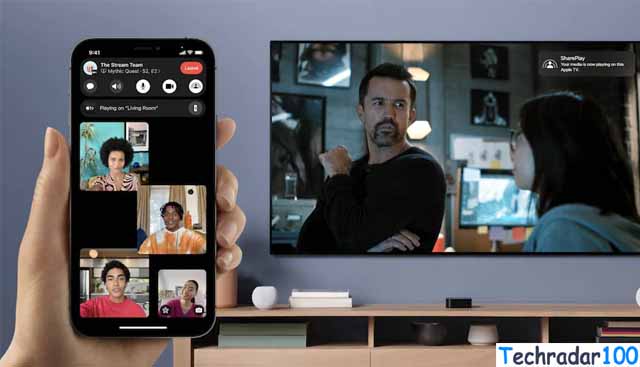At WWDC, Apple's iOS 14 released two ideas that may come in
handy for business professionals, "widgets," which allow you to have
some key insights on your home screen, and "stacks," which mix
widgets in a useful way.
Here's how they might help you solve your problems.
Introducing widgets and stacks
Widgets are not new to iOS, however, additional knowledge
has been redesigned and enriched to make them more useful.
Apple now offers widgets for many Apple applications and
many utilities, and these can be obtained in three completely different sizes,
so you can select the information density you want the most. (The larger
widgets house additional knowledge.)
Apple can also present a gallery of widgets from which you
will configure Apple instruments and different builders. These will be placed
anywhere on the home screen, giving you the data you want the most when you
want it.
You can also stack up to ten widgets collectively in a
single widget house on the home screen. Once you do this, you now have access
to useful insights from up to ten apps, all within one widget - you just want
to scroll through it to get data from each app, instead of working through
multiple apps and / or screens.
Apple has also released a thing called the Siri Suggestions
widget, which uses intelligence on the device to present actions that it would
possibly take primarily based on its usage patterns - this merchandise shows
the use of your machine and will be private to you.
Can anyone make widgets?
Business builders in certain industries must discover the new
API that Apple has managed to obtain ("WidgetKit") with which
builders can create their own widgets based primarily on their applications.
This can also be explored by business application creators
within the company, who can use this to simply lengthen that data within the
widget type.
Think about how this could help your people quickly gain
insight into gross sales, restore requests, high-grade logistics insight, etc.
Making such data securely available through digital devices at such a low
impression means you must keep your staff fed with the data they want, with
little or no additional friction.
The full level of those widgets is that they are often
"visible, relevant and personalized," Apple stated at WWDC.
How to use widgets on
iPad and iPhone
The beta versions of iOS 14 and iPad OS 14 currently
available are not very clear on how to customize the widgets you keep on the
home screen. There is no simply noticeable on-screen setup or management that
allows you to do that; however, the controls do exist and you can enter them in
Today's view on iPhone or iPad.
On iPhone:
• Touch and hold an empty house in Today view and then press
the More button that appears within the upper left corner to enter your
available applications.
• You will be given the possibility to choose an application
and also select the scale of the widget you need to use: if you choose an
incorrect widget measurement, you will want to delete the widget and start once
more.
• When you're energetic (all of its icons move), you can
also transfer your widgets to their most popular order by dragging them.
• Some widgets may also provide an edit run that may allow
you to change the settings.
On iPad:
If you keep the Today view on your iPad's home screen,
you'll want to use it to manage your widgets.
Otherwise deciding, selecting, and accessing widgets is
similar to what happens on an iPhone: tap the empty house until the icons start
to dance, tap the plus button to select the widgets (or the minus button to
remove one ).
You can edit the widget settings by tapping a widget and see
if there seem to be options, they don't exist at all times.
What about smart batteries?
You can also see the possibility of Smart Stacks.
Select this and you can add a widget collection to a widget
house. Smart stacks robotically rotate widgets to probably present the most
related data throughout the day.
You can also flip through them to get the data you want. I
think enabling Smart Stacks along with your business applications will be very
helpful as it makes the data your organization depends on simply accessible,
although this may depend on the builders using the Apple API.
What do you consider widgets on iPhones and iPads? Will your
organization ask its creators/providers of software programs to use them? What
kind of knowledge would you like to see gained through them? Can you think of
these useful pieces of data that can be obtained on different Apple platforms,
comparable to glasses or Apple Watch?











No comments:
Post a Comment